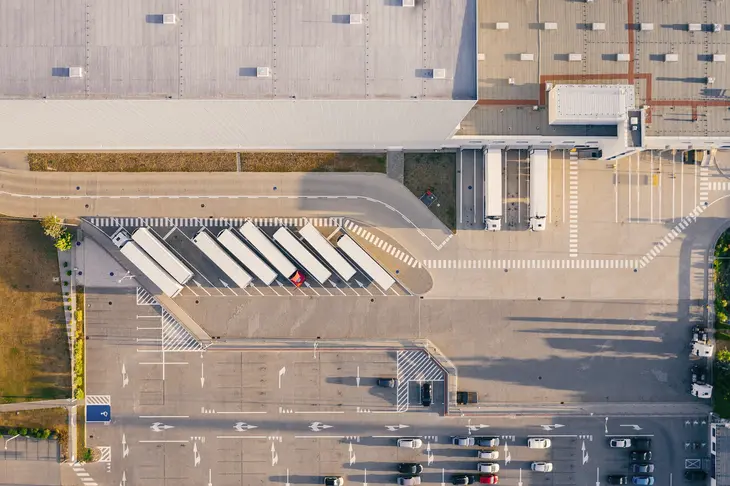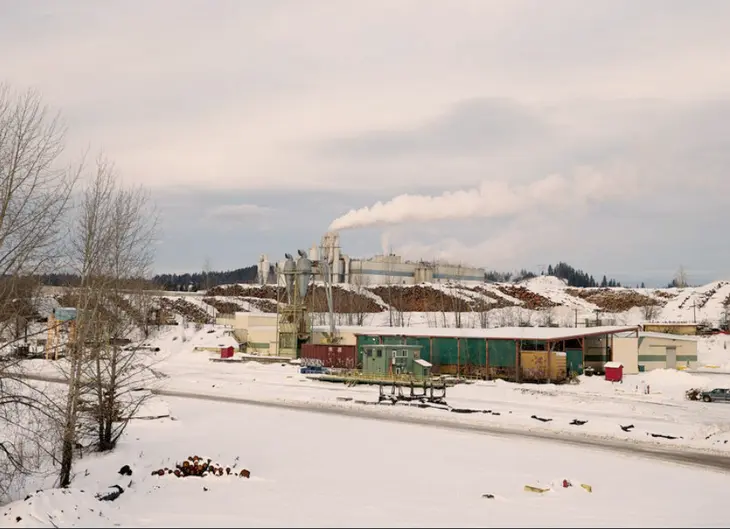
Step 16: Implementing Sustainable Practices in Your Factory
- Admin
In Step 16 of our comprehensive factory-building guide, we explore the vital process of implementing sustainable practices within your factory. As global awareness of environmental issues continues to grow, businesses are increasingly expected to operate in a manner that minimizes their ecological footprint. Adopting sustainable practices not only benefits the environment but also enhances your factory's reputation, reduces costs, and improves efficiency. Let's delve into why sustainability is crucial and how to implement sustainable practices effectively.
Why Sustainability is Crucial:
Sustainability is no longer just a buzzword; it's a business imperative. As consumers become more environmentally conscious, they favor brands and products that demonstrate a commitment to sustainability. Additionally, regulatory requirements related to environmental protection are becoming stricter, making sustainability essential for legal compliance and risk mitigation. By implementing sustainable practices, your factory can reduce resource consumption, minimize waste generation, and contribute to a healthier planet for future generations.
Implementing Sustainable Practices:
Energy Efficiency: Invest in energy-efficient technologies and equipment to reduce energy consumption in your factory. Implement measures such as LED lighting, energy-efficient HVAC systems, and machinery optimization to lower electricity usage and operating costs.
Water Conservation: Implement water-saving measures, such as recycling and reusing water in production processes, installing low-flow fixtures, and conducting regular maintenance to prevent leaks and water waste.
Waste Reduction and Recycling: Implement waste reduction strategies, such as lean manufacturing principles, to minimize waste generation in your factory. Establish recycling programs for materials such as paper, plastics, metals, and electronic waste to divert waste from landfills and promote resource conservation.
Sustainable Sourcing: Source materials and components from suppliers that adhere to sustainable practices and ethical standards. Prioritize suppliers that use renewable resources, minimize carbon emissions, and promote fair labor practices throughout the supply chain.
Measuring and Monitoring Sustainability Performance:
Set Clear Goals and Targets: Establish measurable sustainability goals and targets for your factory, such as reducing energy consumption by a certain percentage or achieving zero waste to landfill. Ensure that these goals align with your overall business objectives and values.
Track Key Performance Indicators (KPIs): Monitor and track key sustainability KPIs, such as energy consumption, water usage, waste generation, and carbon emissions. Use data and analytics to identify trends, areas for improvement, and opportunities for innovation.
Certifications and Standards: Consider obtaining certifications such as ISO 14001 (Environmental Management System) or LEED (Leadership in Energy and Environmental Design) to demonstrate your factory's commitment to sustainability and compliance with international standards.
Engaging Stakeholders and Promoting Sustainability:
Employee Engagement: Engage and empower your employees to participate in sustainability initiatives. Encourage feedback, ideas, and suggestions for improving sustainability practices within the factory.
Community Outreach: Engage with local communities and stakeholders to promote environmental awareness and sustainability. Participate in community clean-up events, sponsor environmental education programs, and collaborate with local organizations on sustainability projects.
Conclusion:
Implementing sustainable practices in your factory is not just a moral imperative; it's also a strategic opportunity to drive innovation, reduce costs, and enhance your brand reputation. By adopting energy-efficient technologies, minimizing waste generation, and promoting sustainable sourcing throughout your supply chain, you can create a factory that operates in harmony with the environment and contributes to a more sustainable future. Stay tuned for the next step in our guide to building your factory!
